Let’s talk about the layout of buildings. Usually the objects offered for sale are not very large in area. In Cyprus, it is customary first of all to indicate the number of bedrooms, and only then the total quadrature.
The hallway and the kitchen are usually not separated. Upon entering, you immediately find yourself in a single space, not blocked by any internal walls, which combines the functions of a hall, kitchen, dining room and living room. Only the bedrooms are isolated, often each of them has a separate bathroom.
Special attention is paid to balconies and verandas. The climate of Cyprus is so good that residents and guests of the island want to spend as much time outdoors as possible. Developers take this into account and put spacious verandas into projects, in many cases a balcony or terrace is provided for each bedroom. Verandas can be open and covered, with an area of 8-10 to 20-30 sq. m. If the object has an adjacent territory (and it usually does), wooden gazebos are erected on it. They make it possible to enjoy the beautiful weather nine months of the year.
A swimming pool is often equipped on the territory: either for individual use, or shared for residents of a residential complex.
Other circumstances are also connected with the peculiarities of the climate. Firstly, the structure is located on the site, if possible, in such a way as to take into account the mode of solar illumination and thereby minimize the use of heating and cooling systems throughout almost the entire year. For the same reason, the facades of buildings are painted in a light color that reflects bright sunlight and prevents excessive heating of the surface.
Solar energy has been increasingly used in recent years. Solar panels are installed on the roofs of buildings, and the electricity generated by them is directed to water heating. The number of sunny days in Cyprus makes this very effective. The Government of the country, for environmental reasons, encourages the use of renewable energy sources, as well as resource-saving systems, subsidizing most of these systems.
In construction and decoration, materials are used both locally produced and imported – from Greece, Italy, Spain, Africa, the Middle East, China, etc. “In Cyprus, suppliers always want to impress buyers and try to demonstrate something new that has some special properties,” comments Tatiana Sovetova. If the contract is concluded at one of the early stages of construction, the developer usually offers the buyer to participate in the selection of finishing materials for his future housing.
Natural stone is used for exterior decoration. Stairs and floors in the halls are often made of marble – this gives such a valuable feeling of coolness on hot days. The floors in the living rooms are made of ceramics, sometimes parquet or laminate is laid in the bedrooms. The walls are mostly plastered and painted. But wallpaper in a rather humid island climate is not so practical.
The peculiarities of the climate and national traditions leave their mark on residential interiors. The minimum number of carpets and carpets is used. Wicker furniture is very popular, as well as furniture with a lot of glass. Preference is given to natural textiles. To keep cool on hot days, thick curtains are hung on the windows.
Of course, the interior is an individual matter. The construction services market in Cyprus is developed enough to satisfy almost any requests. However , David Eleftheriades warns: “Until the moment of obtaining the Title (that is, the document of ownership) for real estate, the owner does not have the right to radically change and rebuild his house. Because immediately before receiving the Title, the inspector will come again and, if something is changed in an unacceptable framework, they may delay the issuance of the Title – until everything is in its place again. So, if you want to redo your house, you need to turn to the services of competent people in this matter, so as not to incur reckless expenses.”





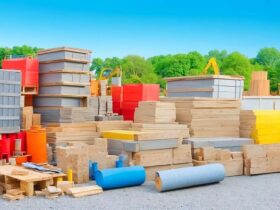
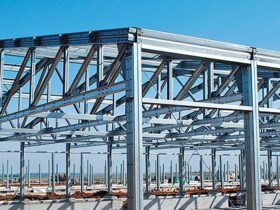
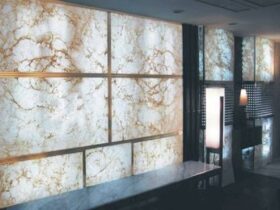

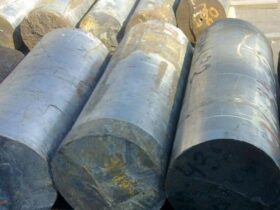

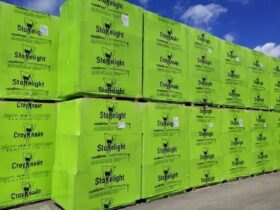
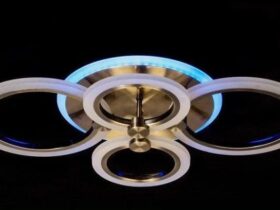
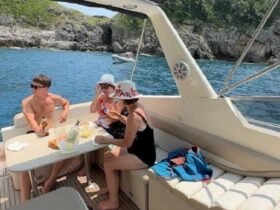
Leave a Reply